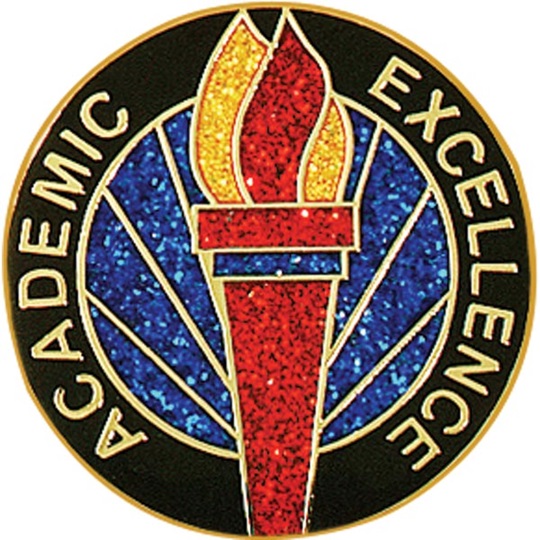Michigan’s Literacy Landscape Transformed by Public Act 146
Public Act 146 of 2024, also known as the K-12 Literacy and Dyslexia Law, significantly reshapes literacy instruction in Michigan. The act mandates that schools implement evidence-based literacy instruction grounded in the “science of reading.” This approach emphasizes explicit, systematic, and sequential instruction in foundational skills such as phonological awareness, phonics, fluency, vocabulary, and comprehension. The law, which will be fully implemented by the 2027-2028 school year, requires districts to use core instructional programming that aligns with these principles and to provide interventions for students with reading difficulties, including those with characteristics of dyslexia.
Grant 35m: Funding Tied to Approved Curricula
Along with the new literacy laws, Michigan has established Grant 35m, which provides funding to districts for approved literacy instructional materials. The Michigan Department of Education (MDE) has released a “Section 35m Tier 1 Early Literacy Materials and Series Rankings List.” This list features curricula vetted for their alignment with evidence-based literacy practices. Notably, “Units of Study in Writing, Grades K-5” was not approved by MDE for Grant 35m funding. This means that if Troy School District (TSD) proceeds with adopting this curriculum, it will be ineligible for state grant funds to purchase these specific materials.
Units of Study and the Science of Reading: An Ongoing Debate
The “Units of Study,” developed by Lucy Calkins and her colleagues at the Teachers College Reading and Writing Project and published by Heinemann, has been a widely criticized curriculum framework for many years. While the “Revised Units of Study for Writing, Grades K-5” claims to be aligned with “science of reading and writing principles,” historically, various iterations of the “Units of Study” (both reading and writing) have faced criticism from literacy experts and organizations regarding their alignment with the core tenets of the science of reading. Concerns have often centered on the explicitness and systematicity of foundational skills instruction. In addition to MDE disapproving of this curriculum, it “does not meet” college and career readiness expectations according to the nonprofit EdReports.org. Why adopt a curriculum that so many independent experts reject?
For writing, alignment with the science of reading would involve a structured approach to teaching sentence construction, grammar, spelling (encoding), and the writing process, explicitly connecting these to foundational reading skills. While the workshop model, a hallmark of Units of Study, can provide ample writing practice, the degree to which the revised writing units systematically and explicitly teach these foundational writing components in a manner consistent with Public Act 146’s requirements remains a key point of discussion and scrutiny.
Implications for Troy School District
The Troy School District’s potential adoption of a K-5 writing curriculum not endorsed by the MDE for Grant 35m funding and with a history of debate regarding its alignment with the science of reading presents several implications:
- Financial Considerations: The district would forgo potential state funding through Grant 35m for this specific curriculum, placing the full financial burden of purchase, training, and implementation on local funds. As a wealthy suburban district, Troy may have the resources to do so, but it is a factor for consideration and transparency.
- Alignment with State Law (Public Act 146): The district must ensure that its overall K-5 literacy instruction, including writing, meets the stringent requirements of Public Act 146. If “Units of Study for Writing, Grades K-5” is adopted, the district will need to demonstrate how this curriculum, potentially supplemented by other materials or approaches, comprehensively addresses the science of reading principles mandated by the state. This includes how it will support students with or at risk for dyslexia.
- Curriculum Cohesion: Public Act 146 emphasizes a cohesive approach to literacy. The district will need to ensure that the chosen writing curriculum integrates effectively with its core reading instruction and any intervention programs, all of which must be aligned with the science of reading. It should be noted that none of its preferred Tier 1 Core K-8 Literacy curriculum (also Units of Study by Lucy Caulkins), preferred literacy assessment (Fountas and Pinnell), nor its preferred Tier II/III literacy interventions program (Reading Recovery) will be permitted under Public 146. According to Superintendent Machesky’s presentation to the Board on Tuesday, TSD expects to adopt a new literacy curriculum in 2027-28.
- Teacher Training and Professional Development: Regardless of the curriculum chosen, significant professional development will be required to ensure teachers are proficient in implementing it effectively and in alignment with the science of reading as mandated by PA 146. If the chosen curriculum has perceived gaps in this alignment, more intensive or supplementary training might be necessary.
By one estimate, TSD’s share of the 35m grant could be at least $750k. On Tuesday night, the assistant superintendent of business operations presented a 2025-26 general fund budget with a structural deficit of nearly $4 million and that assumes a $5 million reduction in unspecific reductions in purchased services. Why not help balance the budget or spare some of those cuts by taking advantage of our $750k share of the $87 million to implement a curriculum that will be legally permitted under Public Act 146 in Troy? Beyond advancing our children’s education, we call upon the board to be responsible fiscal stewards. Instead of augmenting revenues, TSD plans on spending $180,000 to purchase this inferior curriculum out of the general fund, plus an unspecified additional amount for professional development professional services.
